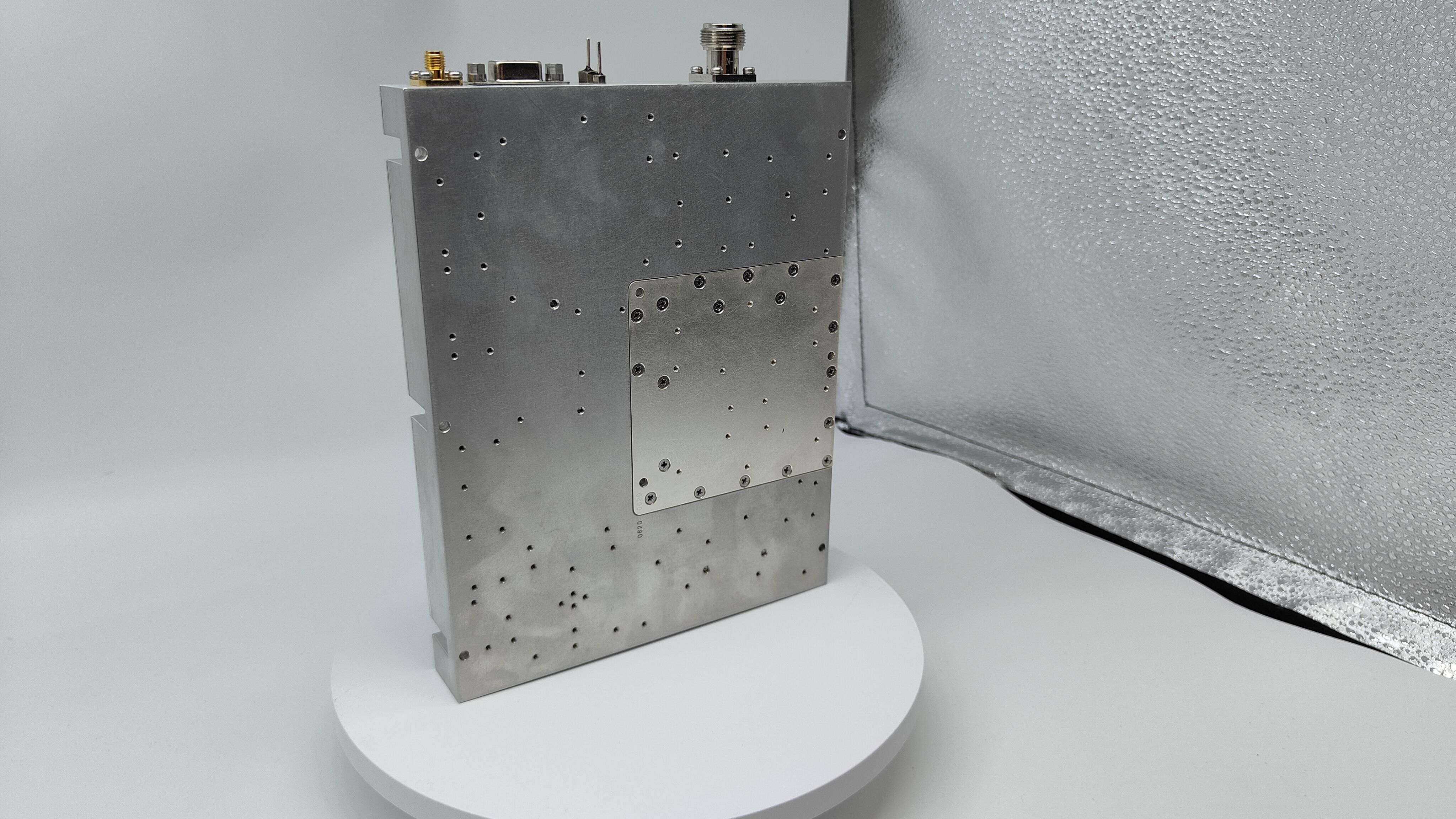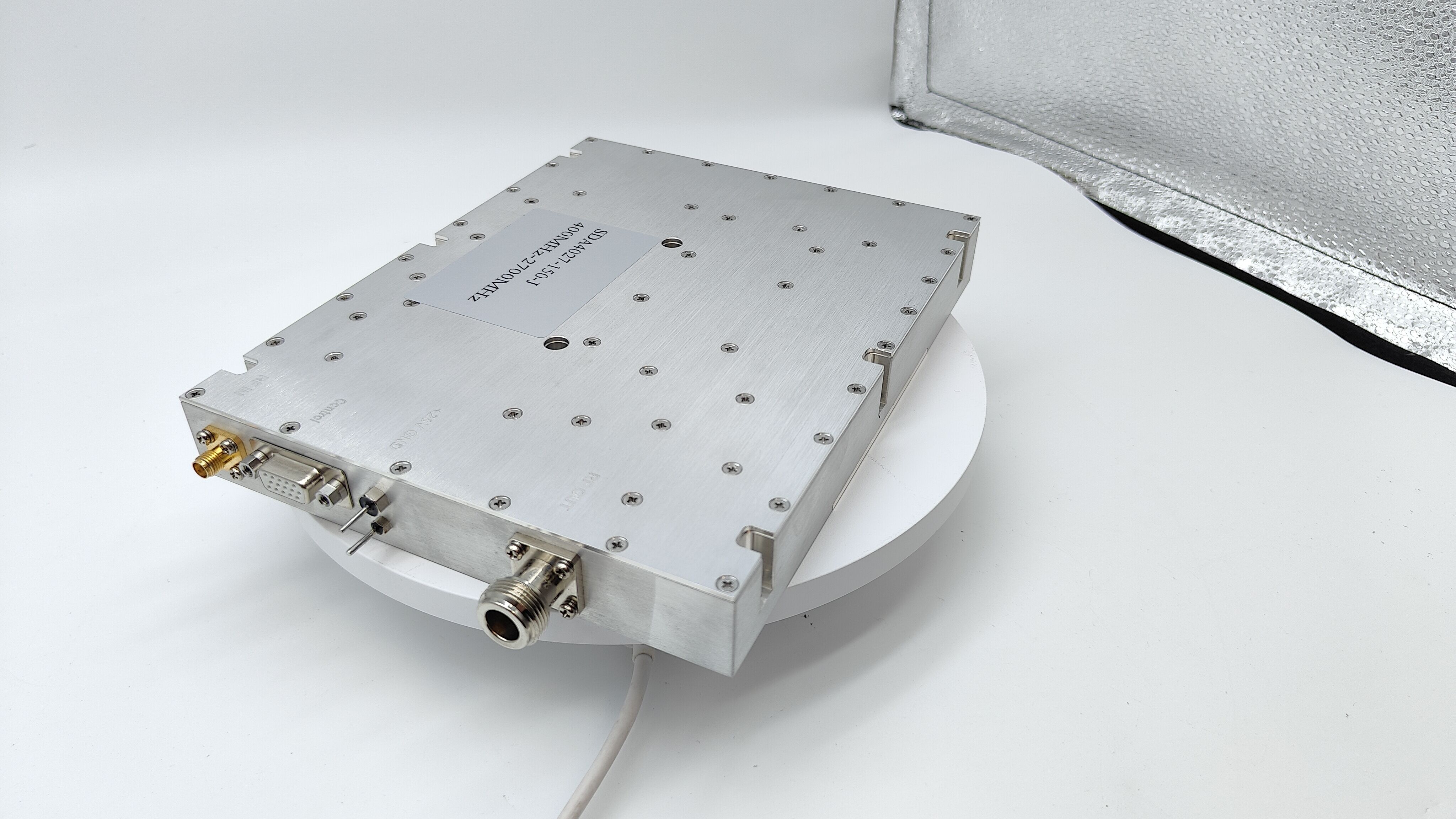What are the key applications of radio frequency jamming equipment in security and defense?
Radio frequency jamming equipment is a critical tool in security and defense, designed to disrupt unauthorized or hostile wireless communications. From protecting military bases to securing public events, it neutralizes threats that rely on radio signals—such as drones, bombs, or enemy radios. Let’s explore the key applications where radio frequency jamming equipment plays a vital role, ensuring safety and control in high-stakes environments.
1. Military Operations: Disrupting Enemy Communications
On the battlefield, communication is key for coordinating attacks and sharing intelligence. Radio frequency jamming equipment gives military forces an edge by blocking enemy signals.
- Disabling enemy radios: Soldiers use portable or vehicle-mounted radio frequency jamming equipment to disrupt enemy walkie-talkies, command radios, and encrypted communication devices. By jamming frequencies like 30–88 MHz (VHF) or 225–450 MHz (UHF), they prevent the enemy from coordinating movements or calling for reinforcements.
- Countering IEDs: Improvised explosive devices (IEDs) often use radio signals (e.g., cell phone triggers or remote controls) to detonate. Radio frequency jamming equipment mounted on military vehicles blocks these trigger signals, rendering IEDs harmless as convoys pass by.
- Neutralizing drone threats: Enemy drones (used for surveillance or carrying explosives) rely on 2.4 GHz or 5.8 GHz control links. Military-grade radio frequency jamming equipment can disrupt these signals, forcing drones to crash or return to their operators, protecting troops and bases.
In combat, radio frequency jamming equipment creates “communication blackouts” for the enemy, reducing their ability to fight effectively.
2. Critical Infrastructure Protection
Airports, power plants, and government buildings are high-value targets for attacks using wireless devices. Radio frequency jamming equipment safeguards these sites.
- Airport security: Drones near runways pose a collision risk with planes. Airports use radio frequency jamming equipment to detect and jam drone signals (2.4 GHz/5.8 GHz), forcing them to land safely. Jamming also blocks unauthorized cell phone use in sensitive areas (e.g., air traffic control towers) to prevent interference with radar systems.
- Power plants and utilities: Saboteurs might use radios to coordinate attacks on power grids or water treatment facilities. Radio frequency jamming equipment installed around these sites blocks unauthorized frequencies, ensuring only authorized personnel can communicate via secure channels.
- Government and embassy protection: Embassies and government buildings use jamming to block listening devices (hidden radios or bugs) that could steal classified information. Radio frequency jamming equipment targets the frequencies these devices use (e.g., 400–512 MHz), preventing eavesdropping.
By securing wireless airwaves, radio frequency jamming equipment keeps critical infrastructure operational and safe.
3. Public Event Security
Large gatherings—concerts, sports games, political rallies—are vulnerable to threats like drones, bombs, or unauthorized recording. Radio frequency jamming equipment helps manage these risks.
- Drone interdiction: At stadiums or music festivals, radio frequency jamming equipment creates a “no-fly zone” for drones. It detects incoming drones and jams their control signals, preventing crashes into crowds or unauthorized filming of the event.
- Preventing remote detonation: Crowded events are potential targets for bombs triggered by cell phones or radios. Jamming equipment blocks these trigger frequencies (e.g., 900 MHz for cell phones), reducing the risk of explosions.
- Controlling unauthorized recording: Some events (e.g., movie premieres, private concerts) use radio frequency jamming equipment to block cell phone cameras or video transmitters, protecting intellectual property or privacy.
In these settings, radio frequency jamming equipment balances security with the safety of large crowds.
4. Prison and Correctional Facility Security
Inmates often use illegal cell phones to coordinate escapes, drug deals, or violence. Radio frequency jamming equipment stops this.
- Blocking cell signals: Prisons deploy radio frequency jamming equipment to target cell phone bands (700 MHz, 1.8 GHz, 5G bands). This prevents inmates from making calls, sending texts, or accessing the internet, cutting off their contact with criminal networks outside.
- Stopping contraband radios: Inmates sometimes use small radios to communicate within the prison. Jamming equipment targets these low-power devices (e.g., 400 MHz), disrupting their ability to plan attacks or coordinate with guards.
- Geofenced jamming: Modern systems use GPS to limit jamming to the prison perimeter, ensuring nearby communities’ cell phones and emergency services are unaffected.
This application is critical for maintaining order and preventing crimes inside correctional facilities.

5. Border and Coastal Security
Borders are vulnerable to illegal activities—smuggling, human trafficking, or unauthorized crossings—often coordinated via radios or cell phones. Radio frequency jamming equipment helps secure these areas.
- Disrupting smuggling networks: Smugglers use radios (e.g., 27 MHz CB radios) to coordinate vehicle movements or boat landings. Radio frequency jamming equipment along borders blocks these signals, making it harder to coordinate illegal crossings.
- Countering drone surveillance: Criminal groups use drones to scout border patrol routes. Jamming equipment detects these drones and jams their video transmission (5.8 GHz), preventing them from gathering intelligence.
- Protecting coastal areas: Boats involved in illegal fishing or drug trafficking use radios to avoid coast guard patrols. Radio frequency jamming equipment on coastal towers blocks these radio signals, reducing their ability to evade capture.
By controlling wireless communication along borders, jamming equipment strengthens national security.
FAQ
Can radio frequency jamming equipment be used to stop cyberattacks?
No, it targets wireless radio signals, not internet-based cyberattacks (e.g., hacking). It works best against threats using radio waves (drones, radios, cell phones).
Is radio frequency jamming equipment effective in urban areas with many signals?
Yes, modern systems can target specific frequencies amid clutter. They use advanced scanning to identify threats and jam only those signals, avoiding interference with legal ones.
How long can radio frequency jamming equipment operate continuously?
Portable units run 4–8 hours on batteries. Fixed systems (e.g., at airports) are plugged into power and can operate 24/7 with regular maintenance.
Do military jamming systems affect friendly forces’ communication?
No, they use “frequency hopping” and encryption to protect friendly signals. Radio frequency jamming equipment is programmed to avoid friendly frequencies, ensuring troops can communicate safely.
Can small security teams use radio frequency jamming equipment, or is it only for large organizations?
Small teams can use portable, lightweight jamming devices (e.g., for event security). However, they must have proper authorization to comply with laws.
Table of Contents
- 1. Military Operations: Disrupting Enemy Communications
- 2. Critical Infrastructure Protection
- 3. Public Event Security
- 4. Prison and Correctional Facility Security
- 5. Border and Coastal Security
-
FAQ
- Can radio frequency jamming equipment be used to stop cyberattacks?
- Is radio frequency jamming equipment effective in urban areas with many signals?
- How long can radio frequency jamming equipment operate continuously?
- Do military jamming systems affect friendly forces’ communication?
- Can small security teams use radio frequency jamming equipment, or is it only for large organizations?

 EN
EN






